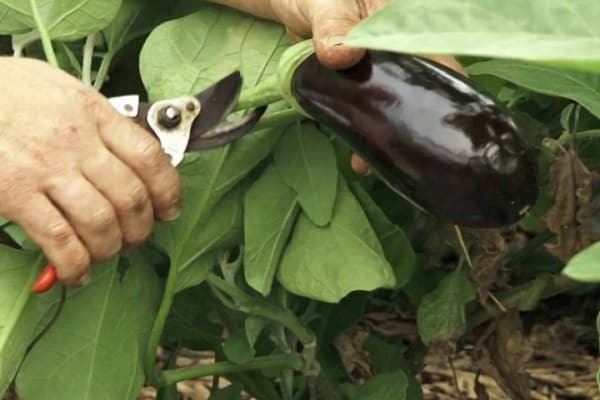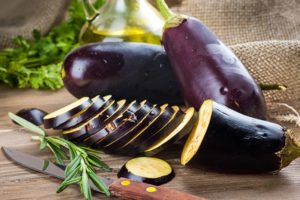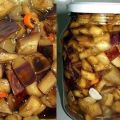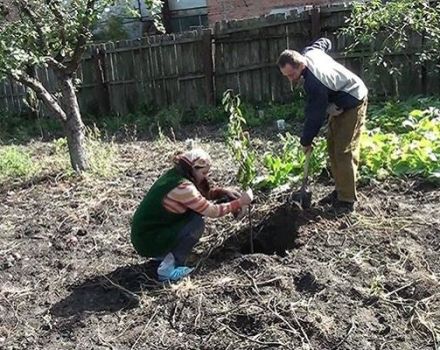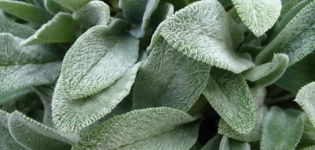Description and characteristics of Valentine's eggplant, cultivation and care
The Valentine's eggplant was bred in Holland and first entered the crop register no more than ten years ago. This means that this is a hybrid - a variety that has not yet gained popularity and has not settled down. It is impossible to propagate it at home, since no one knows what will come out of the seeds.
Description and characteristics of the variety
Valentina has the following characteristics:
- height - up to 70 centimeters, usually does not need props;
- bushiness - medium, bushes grow up rather than in breadth;
- yield - average, you can collect up to 3 kilos from one meter;
- the waiting period is short, only about 70 days from the moment of landing.
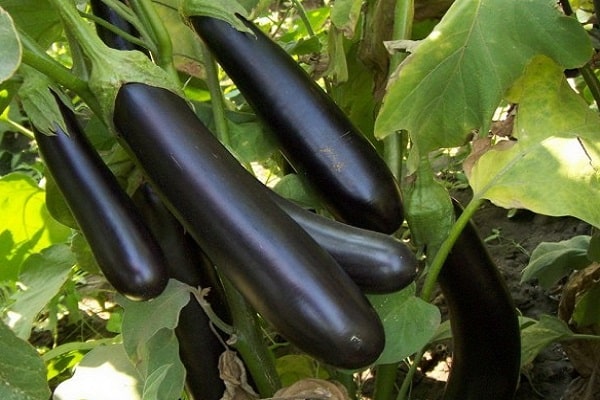
Valentine looks quite standard for an eggplant - length up to 25 centimeters, dark purple. Differs in subtlety - diameter up to 5 centimeters at the widest point. The pulp is light, without bitterness, if not overexposed.
Advantages and disadvantages
If you look at the characteristics, it is obvious that Valentina has the following advantages:
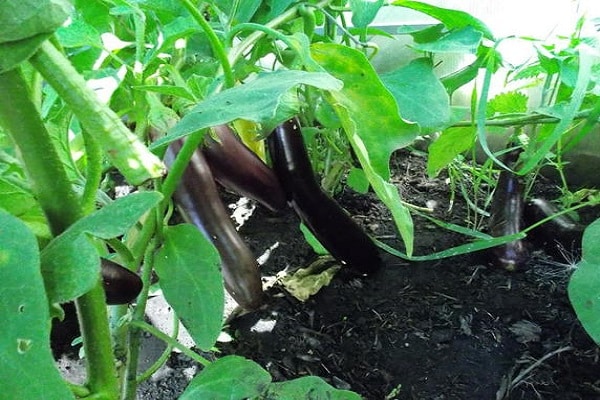
- decent yield - of course, 3 kilograms is not 5, but still, for a small private farm, this is already not bad;
- speed - you can remove the first ripe fruits already in mid-July;
- good taste - especially if you remove the eggplants before they become hard;
- presentation is one of the characteristics of the variety, it looks presentable;
- resistance to the tobacco mosaic virus is important, because it allows you not to worry about at least one of the classic eggplant diseases.
There are not so many cons against this background, there is only one serious one.
Valentine is a hybrid that cannot be propagated at home. Each year you will have to buy seeds again until the variety stabilizes and the results of growing second generation seeds are well defined.
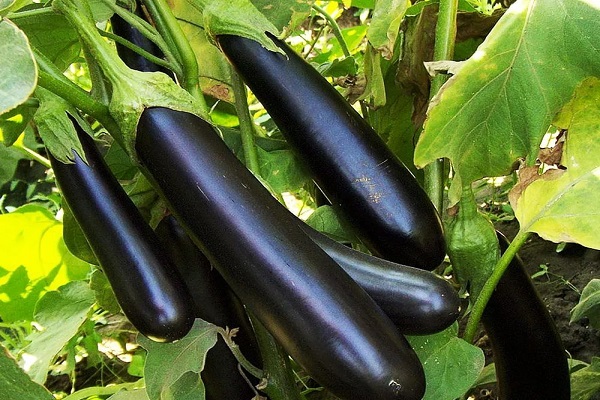
Growing a hybrid
In order for Valentina to grow and give a good harvest, she must first be properly planted.
Sowing seeds without germination
The first stage is sowing seeds. Since eggplants are very thermophilic, they are usually planted in small pots in order to get seedlings that are more resistant to external conditions.
You need to start doing this already in late February-early March, so that by the time it gets warmer outside, the seedlings have grown stronger and tolerate planting well.

The seeds need to be cooked:
- check for germination - lower it into the water for half an hour and remove those that float;
- warm up - put on the battery for a couple of days;
- disinfect and treat with a growth stimulant - you can do this at the same time, using, for example, aloe juice.
The resulting seeds can only be planted. For this, any container is used - from plastic cups to special boxes. It is only important that there is one self per container unit, since eggplants do not like crowding.
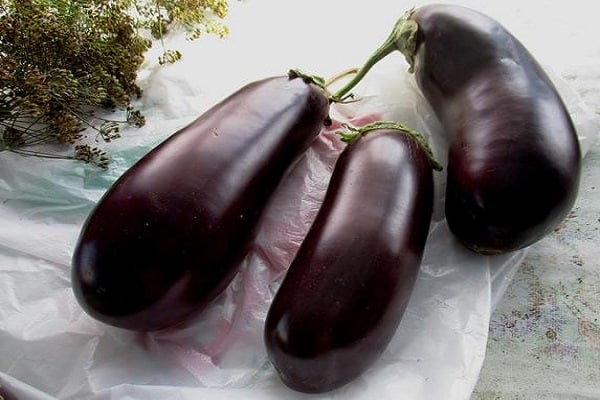
They take soil with humus and peat, fall asleep in pots, dig out small shallow holes and lay out the seeds. After that, sprinkle with earth on top and cover each pot with cling film so that a greenhouse effect is obtained inside.
In ten days the first shoots should appear.
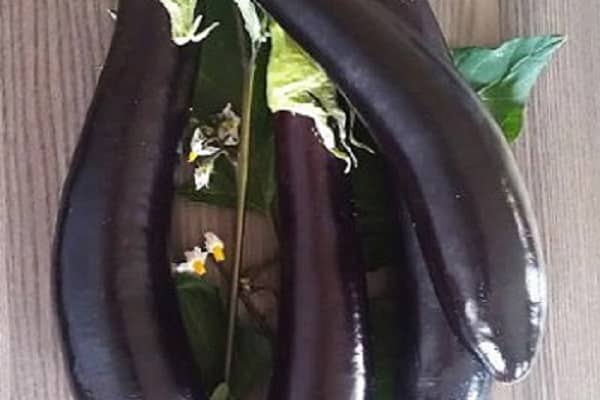
Seedling care
After the first shoots have broken through, these are no longer seeds, they are already seedlings. She is given a temperature regime - the first three weeks from twenty-six degrees. Then, during the day, the temperature is lowered by one degree, at night it is kept within sixteen.
Additionally you need:
- light - at least ten hours a day, provide it with a lamp;
- fertilizers - use something like "Kristalina";
- water - you need to water every day if the soil has dried out, and the water should be warm.
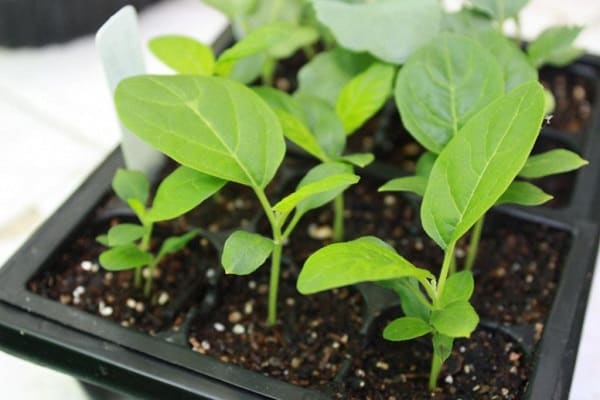
Two weeks before planting, you need to start hardening the seedlings - take them out into the fresh air for a couple of hours a day.
Eggplant in greenhouses
In unheated greenhouses, seedlings can be transferred in May, and then transplanted. It is important that at this point the seedlings are about 25 centimeters tall and with a few well-formed leaves.
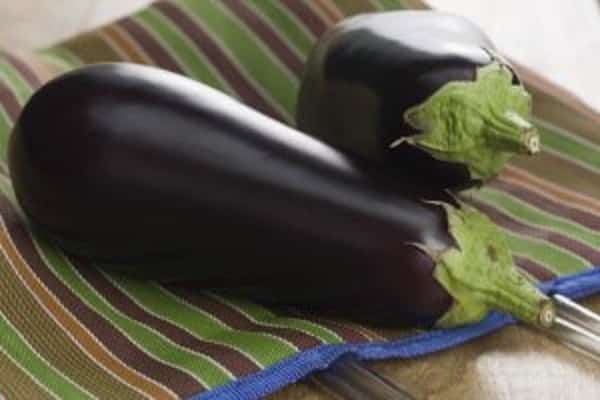
Place the pots so that there is 40 centimeters between the plants. Water it two to four times a week, gently, with warm water. Then the earth is loosened. At the end of June, eggplants are examined for ovary.
The largest is left, the rest is removed.
The main difference between a greenhouse and a vegetable garden is the need for ventilation. Plants need fresh air, you need to run it in the morning and evening. If the leaves turn yellow, it may be due to a lack of oxygen.
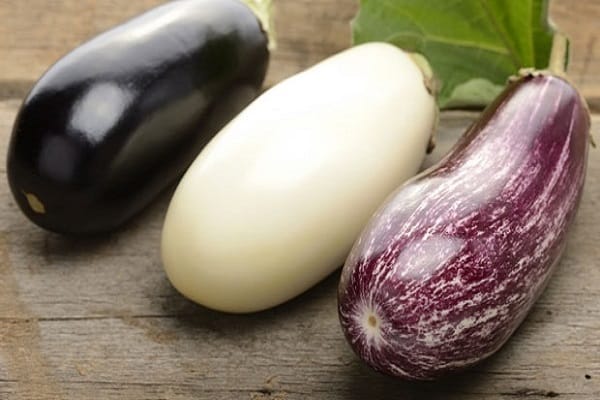
Eggplant in the garden
If you live in the south, you can avoid wasting time in a greenhouse and plant eggplant into the garden. The place for them should be sunny, protected from the wind. It is good if carrots, peas, cabbage, beans or greens grew on it last year. If not, in the fall you need to properly fertilize it with organic matter.
Seedlings are planted simply - they dig holes 15 centimeters deep, fill them with warm water and transfer a lump of earth from a box or pot. Then sprinkle with peat and leave.
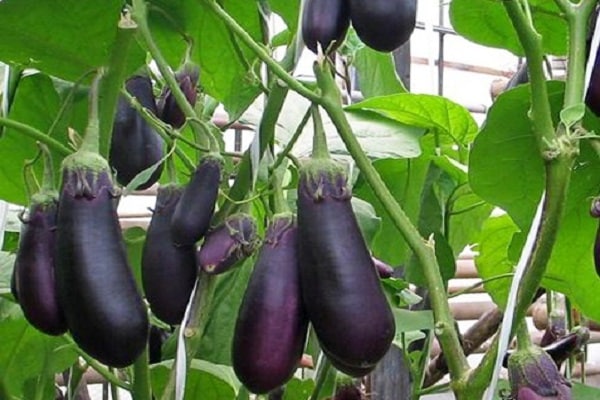
In the first days, you need to water the seedlings as soon as the earth dries up, then twice a week. Even in the early days, the seedlings need to provide shade, otherwise it can burn out without the habit of direct sunlight.
Plant care rules
When the eggplants are planted, all that remains is to properly care for them.
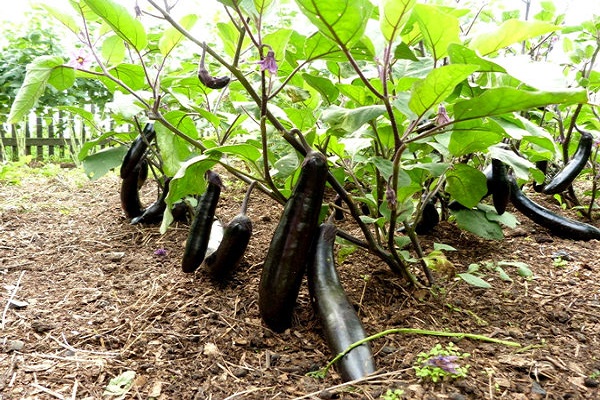
How to water
Watering is carried out twice a week, and is combined with loosening and weeding.
Pour warm water, gently, under the root, so that the leaves do not suffer. Then they select the weeds and loosen the soil, carefully so as not to damage the roots.
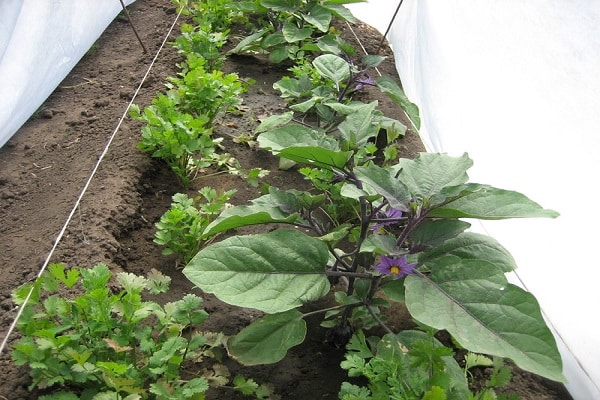
Top dressing
Valentina is fed, like most eggplants, three times:
- when two weeks have passed after planting - at this moment young bushes are in great need of support and nutrients;
- when the first flowers appeared - at this time the fruits are tied, the plants need support again, otherwise they will come out small;
- before harvesting - so that the bushes can bear fruit for a long time.
For fertilization, either organic matter is used, such as chicken manure or green fertilizer, or fertilizers that combine phosphorus and potassium.
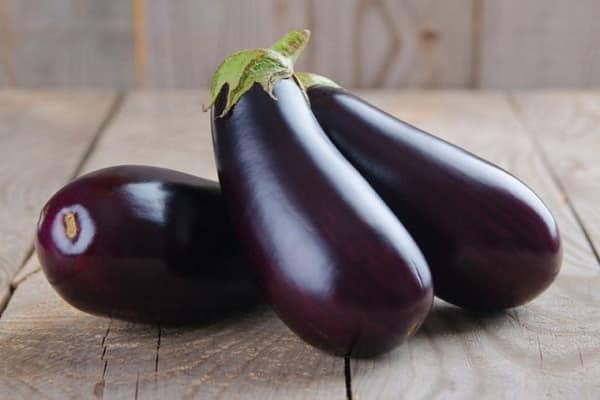
Bush formation
In order for the bush to grow well, you need to remove yellow leaves from it, and when the first fruits are tied, remove the small ones so that there are no more than 5-7 for each. Otherwise, there will be a lot of harvest, but the fruits in it will be small and not very tasty.
Support for Valentina is usually not required.

Protection against diseases and pests
The best defense is prevention. To avoid the raid of pests, basil, mint, calendula and beans are grown next to eggplants. To avoid diseases, they enrich the soil and make sure that no other nightshades grow on it last year.
If insects are still wound up, they are either collected by hand or poisoned with insecticides.
If the eggplants are struck by gray rot, they are driven down by the Horus.
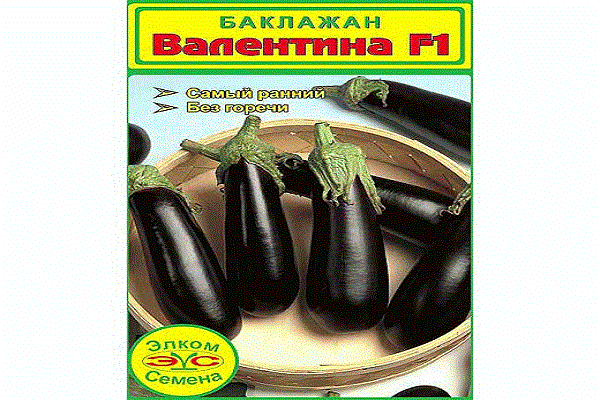
Valentina is immune and therefore rarely gets sick.
Collection and storage
Harvesting Valentine begins in July, when the fruits reach 25 centimeters. You shouldn't do it later - the eggplants will be bitter, they will have to be soaked before use, and this will not necessarily help.
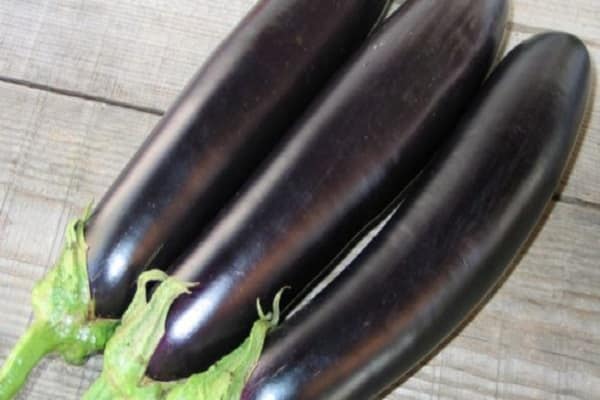
Cut with pruning shears or a sharp knife, leaving 5 centimeters of the stalk.
Keep fresh for no more than a month, in a cool and shaded place.
The shelf life in the form of pickles is practically unlimited.
